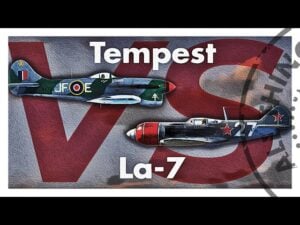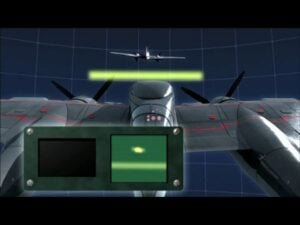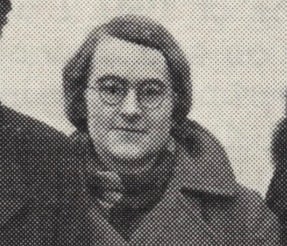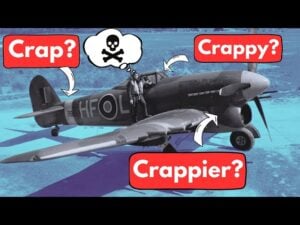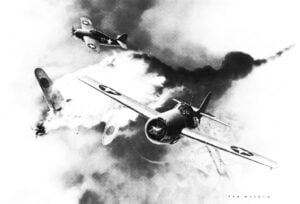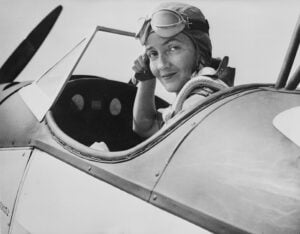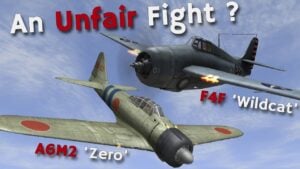The Story of the Final WWII Air Battle in the Pacific Theater
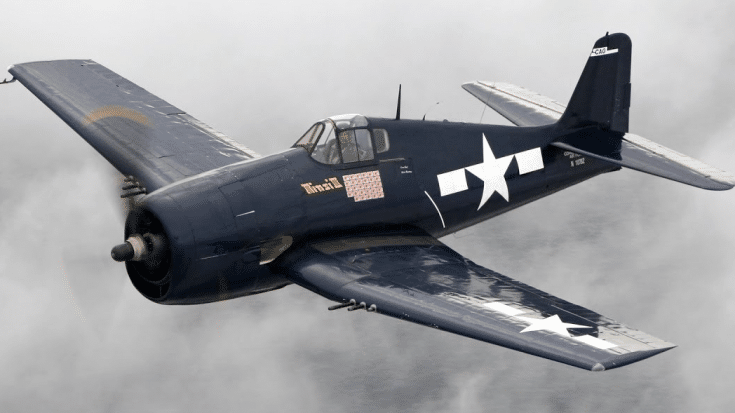
illusive 0ne / YouTube
John Wukovits, an expert on World War II’s Pacific theater, has written a book that delves into the last air battle of the war. This event occurred when Admiral William F. Halsey commanded Air Group 88, stationed on the USS Yorktown, to strike an airfield near Tokyo on the morning of August 15, 1945. The book, titled “Dogfight Over Tokyo,” tells the tragic story from the perspective of Air Group 88’s pilots and provides a thoughtful look at the difficult decisions senior commanders faced during the war.
The Motivation and Challenges Behind Writing the Book
Wukovits explained that he decided to write this book after reading words by Admiral Halsey. While researching Halsey for a biography, Wukovits came across Halsey’s remarks about the last aviators to die in the war. Halsey continued to send out missions against Japanese airfields and other targets to pressure them into surrendering. However, he also knew that by doing so, he was risking the lives of men in the final moments of the war. He emphasized that these last four men, Billy Hobbs, Eugene Mandeberg, Howard Harrison, and Joseph Sahloff, should never be forgotten. This thought stayed with Wukovits until he had the chance to explore their story further. He was able to contact the relatives of these men and obtain diaries, letters, photographs, and other materials to bring their stories to life.
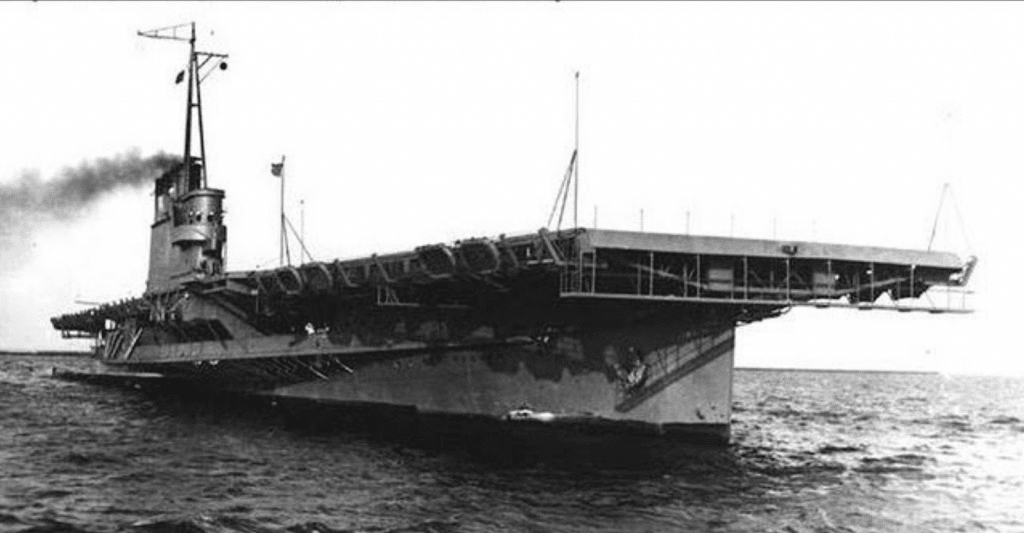
Wukovits also wanted to write this book because it allowed him to add a personal touch to the war narrative. Many World War II books present cold facts without delving into the personal experiences of the soldiers. This book not only focuses on Billy Hobbs and his three companions but also shows the emotional experiences of their families back home, eagerly waiting for news from the Pacific.
John Wukovits mentions that he had to portray Halsey as a villain, which was challenging for him. This portrayal was necessary because that is how Billy Hobbs, Eugene Mandeberg, and the other aviators from Air Group 88 saw him. They were frustrated with what they saw as pointless missions against a defeated nation. This frustration grew starting in early August 1945 and intensified after the use of atomic bombs. They questioned why they had to risk their lives when the end of the war seemed so near. Wukovits found this difficult because he had a high regard for Halsey. In his biography of Halsey, he described him as a talented and energetic leader in the early years of the war. Though he became somewhat indecisive and overly aggressive later, Wukovits still felt that Halsey deserved recognition for his contributions.
Reflections on Command Decisions and War Weariness
Admiral Arthur Radford later expressed regret that he didn’t persuade others to halt offensive operations in the final days of the war. Wukovits believes that, despite Radford’s regrets, he would not have succeeded in changing the course of actions. Admirals King and Nimitz had issued orders to keep the pressure on Japan until the war officially ended, and those orders were unlikely to be challenged or reversed. Radford sympathized with the men who would die with the war’s end so close.
Wukovits addresses the broader theme of “war weariness” among American airmen and soldiers, a topic he feels has been depicted by other historians, albeit not as starkly. His focus on one specific air group facing Japanese anti-aircraft fire allows for an intense portrayal of the strain and fatigue experienced by the men involved.
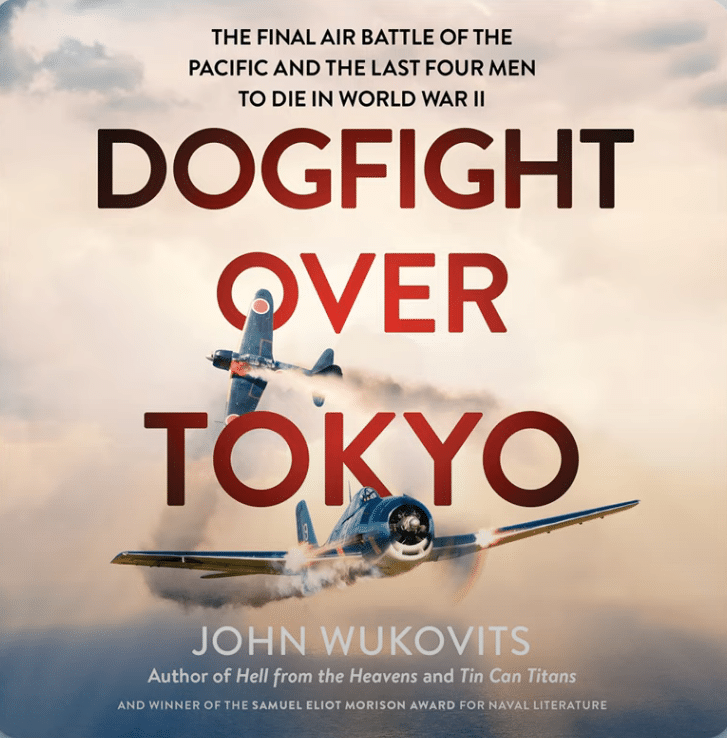
Lessons for Military Commanders and Overshadowed Sacrifices
When considering lessons that current military commanders might draw from his book, Wukovits indicates that one lesson for senior commanders would be the importance of maintaining pressure until the enemy is defeated. There should be no half measures, even though this may result in significant losses. For subordinate commanders, lieutenants, and ensigns, the lesson might involve understanding the heavy burden of orders and their impact on individuals and families during war.
One reason why the story of these airmen is not widely known is because it was overshadowed by the dropping of atomic bombs. The use of atomic bombs quickly dominated public attention, pushing other events into the background, except for the peace process and the signing of the surrender documents. The period between the dropping of the second atomic bomb and the official end of the war is often overlooked, but during this time, American aviators were still engaged in deadly missions over Japan until August 15, 1945.
John Wukovits’ “Dogfight Over Tokyo” gives a detailed and personal account of the last air battle in World War II’s Pacific theater, bringing to light the sacrifices and experiences of the men involved, as well as the families who awaited their return.














